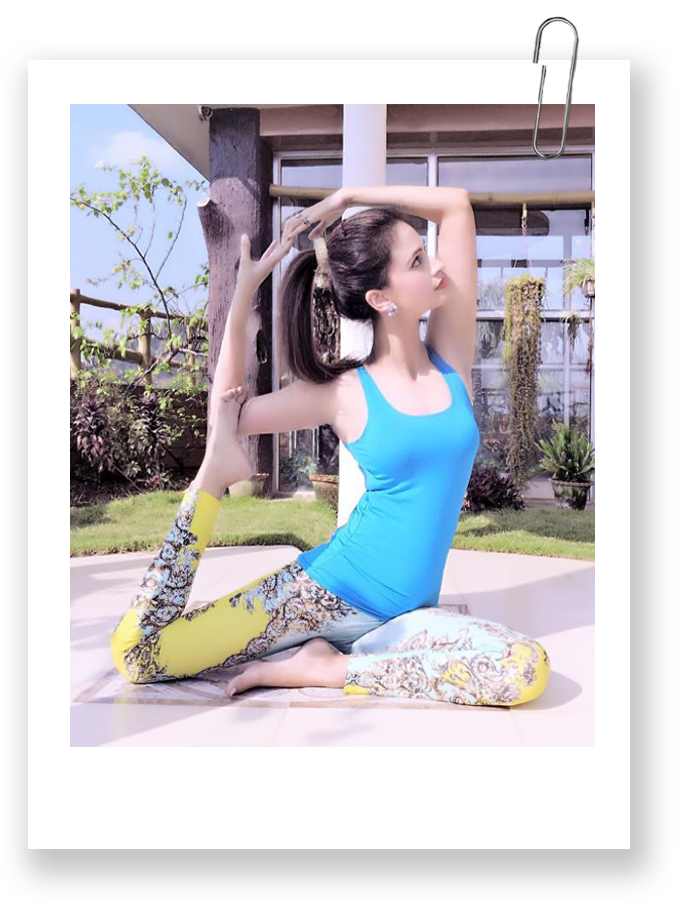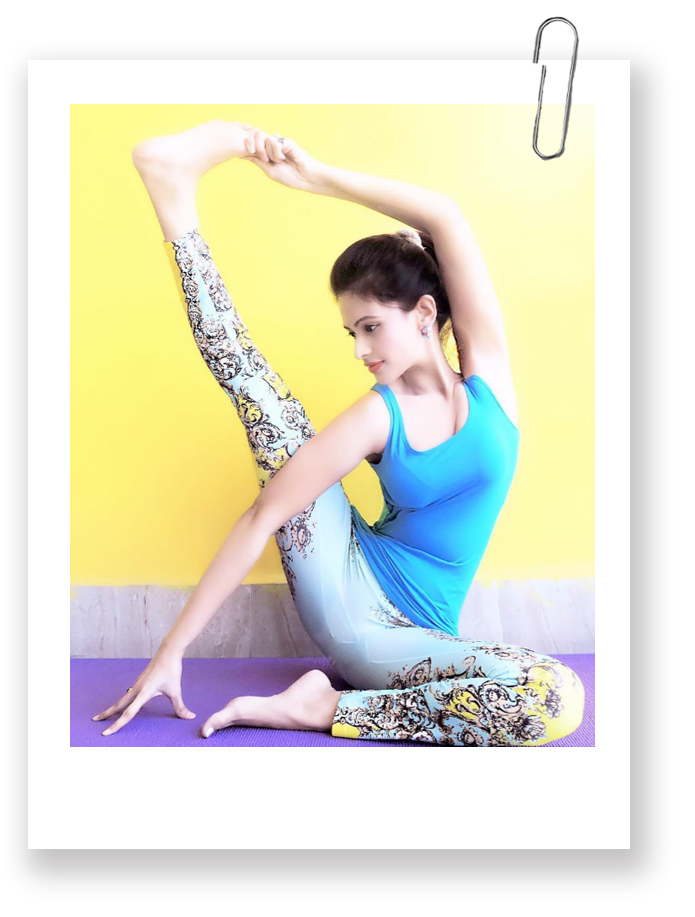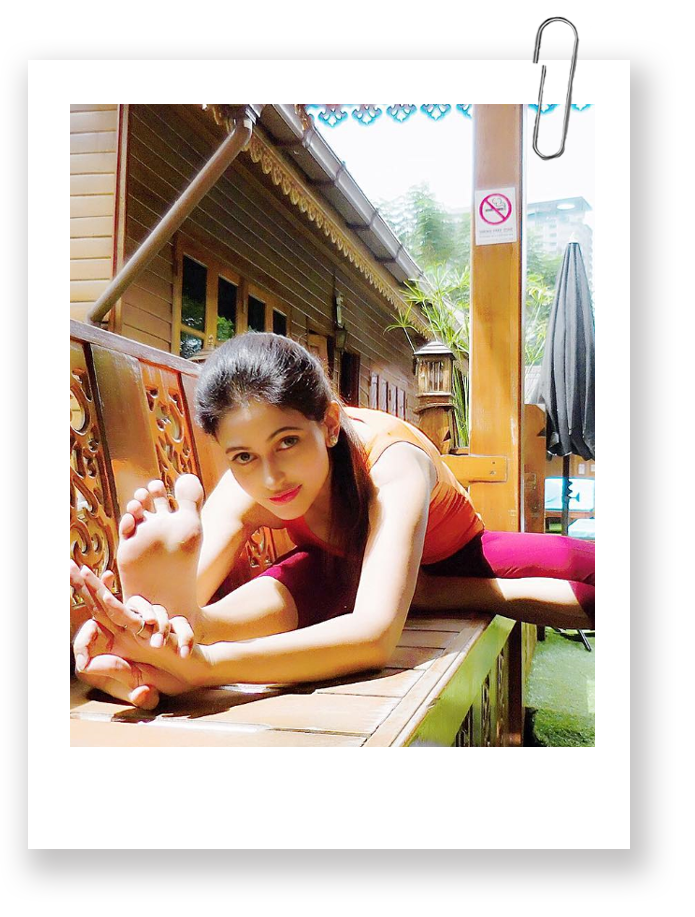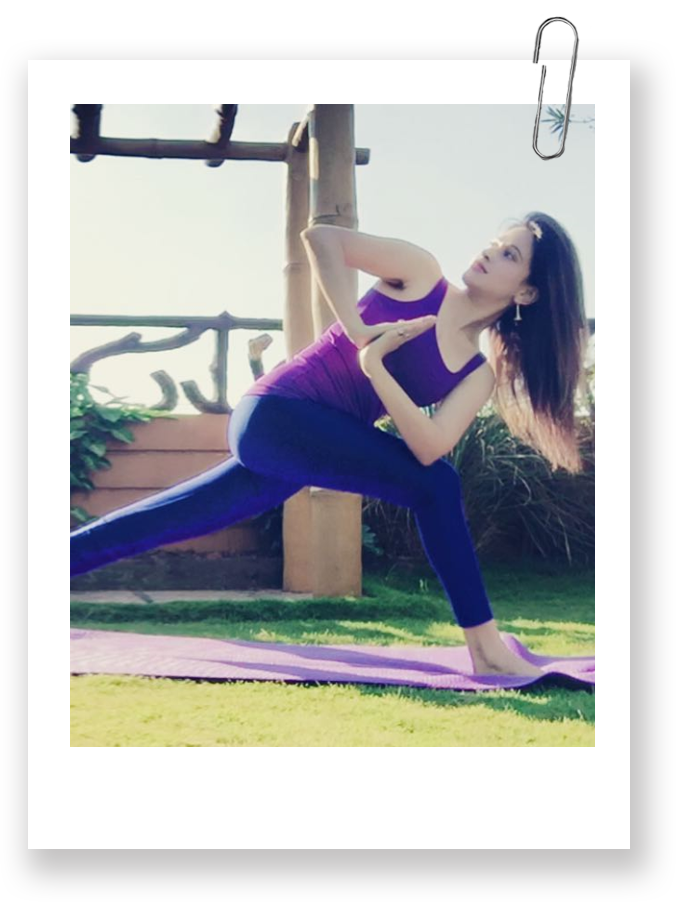


Hatha yoga is a preparatory process of yoga. The word “ha” means sun, “ta” means moon. “Hatha” means the yoga to bring balance between the sun and the moon in you or the Pingala and Ida in you. You can explore Hatha yoga in ways that take you beyond certain limitations, but fundamentally, it is a physical preparation – preparing the body for a higher possibility.
The practice of Hatha yoga focuses on total mastery of the physical body, including all bodily functions. It also emphasizes activating the chakras in order to stimulate kundalini and promote spiritual and physical wellness, including disease elimination.
Ashtanga yoga is a system of yoga transmitted to the modern world by Sri K. Pattabhi Jois (1915-2009). This method of yoga involves synchronizing the breath with a progressive series of postures—a process producing intense internal heat and a profuse, purifying sweat that detoxifies muscles and organs.
This dynamic, physically demanding practice synchronizes breath and movement to produce an internal heat designed to purify the body. Ashtanga yoga, with its many vinyasas, is great for building core strength and toning the body. Prepare to sweat as you briskly move through a set sequence.


Hot yoga is a vigorous form of yoga performed in a studio that is heated to 105 F (40 C) and has a humidity of 40 percent. The formal name for hot yoga is "Bikram yoga."
Bikram yoga is a 90-minute program that consists of a series of 26 postures. The postures require lengthy, forceful and well-controlled contractions of all major muscle groups. The demanding nature of the poses and the heat are designed to raise your heart rate and tire your muscles.
Because of its intensity and potential to cause heat-related illness, hot yoga isn't for everyone. Be sure you check with your doctor before trying hot yoga if you have any health concerns.
Restorative yoga is a type of yoga known for its relaxing, calming and healing effect. It has its roots in the yoga of B.K.S. Iyengar, who developed a yoga that allows students to practice without any strain or pain. This was developed into a whole style of yoga which was considered ideal for those recovering from injuries or illnesses.
Restorative yoga classes tend to be relaxing and slow paced, with a whole sequence using as few as five or six postures which are held for long periods of time. Props are also used often in order to allow the body to be in the most comfortable, supported position possible. This may include bolsters, blankets, blocks, and belts. Gentle music may be played, and the practice may be combined with guided meditation.
“Yoga, as a way of life and a philosophy, can be practiced by anyone with the inclination to undertake it, for yoga belongs to humanity as a whole. It is not the property of any one group or any one individual, but can be followed by any and all, in any corner of the globe, regardless of class, creed or religion.”


Rhythmic yoga is a style of yoga that combines fluid movement with music into a yoga practice. Yogis will perform asanas in rhythm with music that can be as simple as the beat of a drum or a chant, or, they can be as complex as full band music or a recording, like those produced by yoga DJs for classes.
Dance and fluid movement is a fun, non-intimidating way to experience the benefits of yoga while also allowing the yogi to have creative expression through movement.